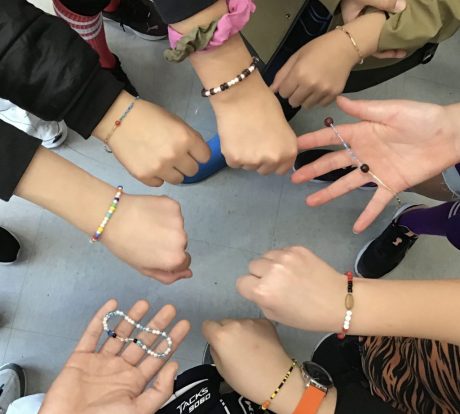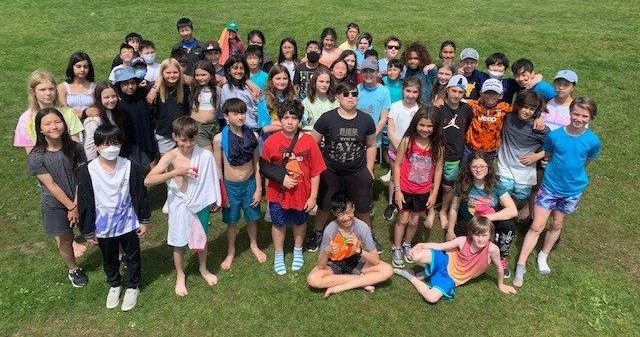Yesterday Division 3 had our first Roots2Grow session of the year. We helped prune back plants and bushes, picked oregano, harvested corn, and planted garlic. We also got to take home some dried oregano and lavender from our school garden.
 |
 |
 |
While we were harvesting, we noticed that the rose hips were out and ready to be picked and so we harvested some. Indigenous communities have long used rose hips to stay healthy through the winter months. Rose hips are packed with vitamin C (good for your immune system), vitamin A (for cardiovascular health), and zinc (also for immunity). They are also a source of calcium, magnesium, and iron which benefit our cardiovascular and bone health.
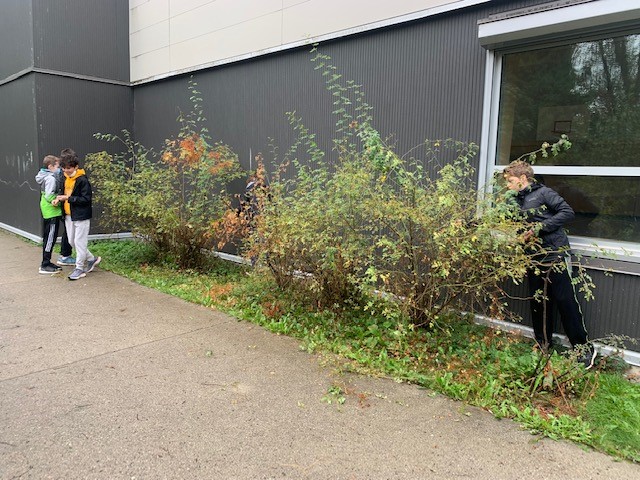
Today we used the rose hips to make a tea with freshly gathered mint, and honey. Have a look in the forest around you–you can make your own tea at home, too! Some people add lemon juice or ginger to their rose hip tea as well. Our rose hip tea was quite weak as we were trying to make a big batch with a limited supply of rose hips.
Division 3–what did you think of your first experience with rose hip tea? Will you try making it again? What will you add to your version?








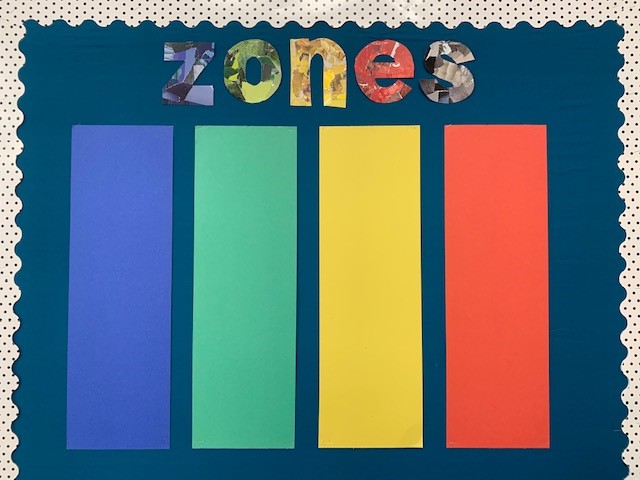
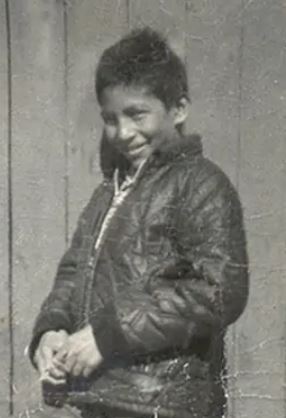

 Learning to work together to complete tasks and achieve a common goal is part of a skillset that underlies all aspects of curriculum. Throughout our first couple of weeks together, Division 3 has been working in small randomized groups on a variety of tasks to practice our communication, thinking, and interpersonal skills. When working in groups, we need to remember the “big 3”:
Learning to work together to complete tasks and achieve a common goal is part of a skillset that underlies all aspects of curriculum. Throughout our first couple of weeks together, Division 3 has been working in small randomized groups on a variety of tasks to practice our communication, thinking, and interpersonal skills. When working in groups, we need to remember the “big 3”:




